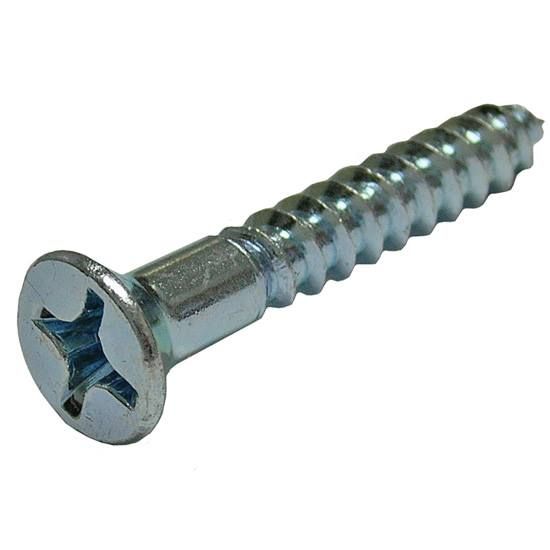Who discovered the star screw head?
The history of the screw dates back to BC. But it was necessary to wait for the 1930s to open the head of the screw in the form of a cross and in this way to make the screw work more easily.

Henry F. Phillips (1890–1958), American businessman born in Portland, Oregon. Patent holder of Phillips-head screw and screwdriver. The most important feature of the cross head screw design is that it is self-centering and this feature is very useful for automatic production lines. Phillips' biggest contribution was to drive the adoption of the star-head design by screw manufacturers and automotive companies; The main purpose of the design was to provide convenience in automation.
Here is his story
Although cross-shaped screw heads are ubiquitous today, their widespread use only became possible a human lifetime ago with the invention of the Phillips screw.
Traditional flat head screws, used since the late seventeenth century, have two disadvantages: First, the slot and screw must be precisely aligned; secondly, the screw can be easily displaced by centrifugal force. These problems are quite evident both during the automated production of the product and when people use these screws. The cross head screw with a pointed tip for self-centering is designed to eliminate these problems.

The Phillips screw head was invented by Henry F. Phillips (1890 - 1958) of Portland, Oregon. Phillips built on the work of inventor J. P. Thomson, who designed a countersunk screw but failed. Phillips developed the concept and founded the Phillips Screw Company in 1933. He received five US patents for the design between 1934 and 1936.
A tool for mass-producing components was developed by the American Screw Company, but required $500,000 in development costs. General Motors began investing in the company when it agreed to use this screw in its Cadillac in 1936. The Phillips screw, also known as the star screw, was used extensively during World War II when it accelerated the production of tanks, jeeps, and other vehicles, including the Spitfire fighter jet.
